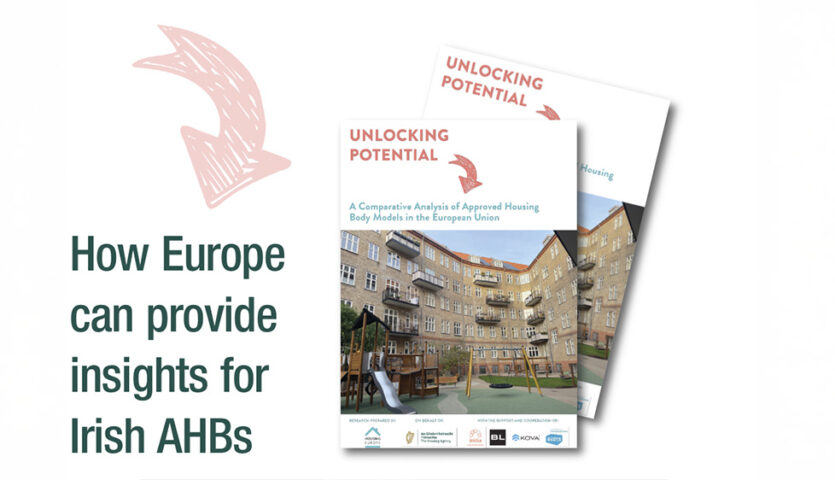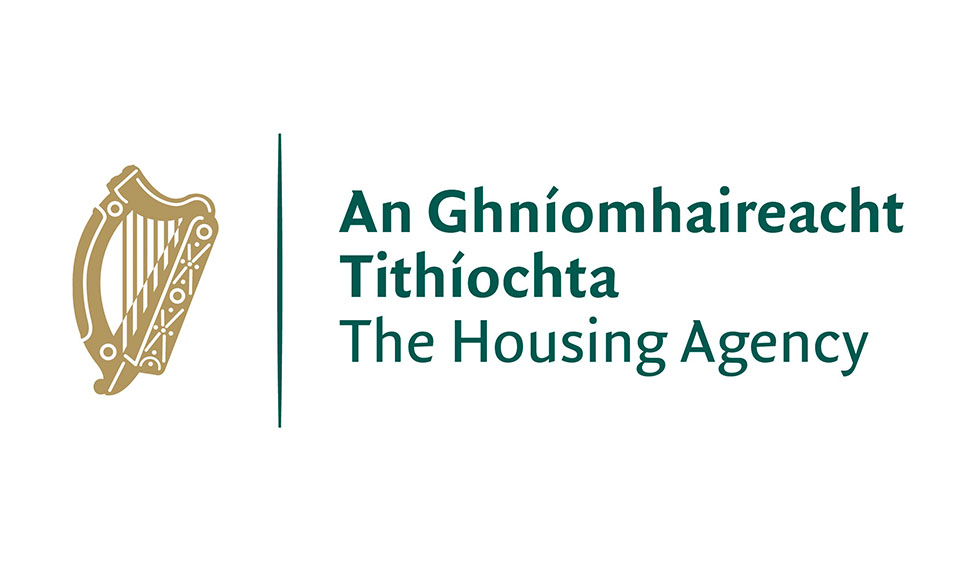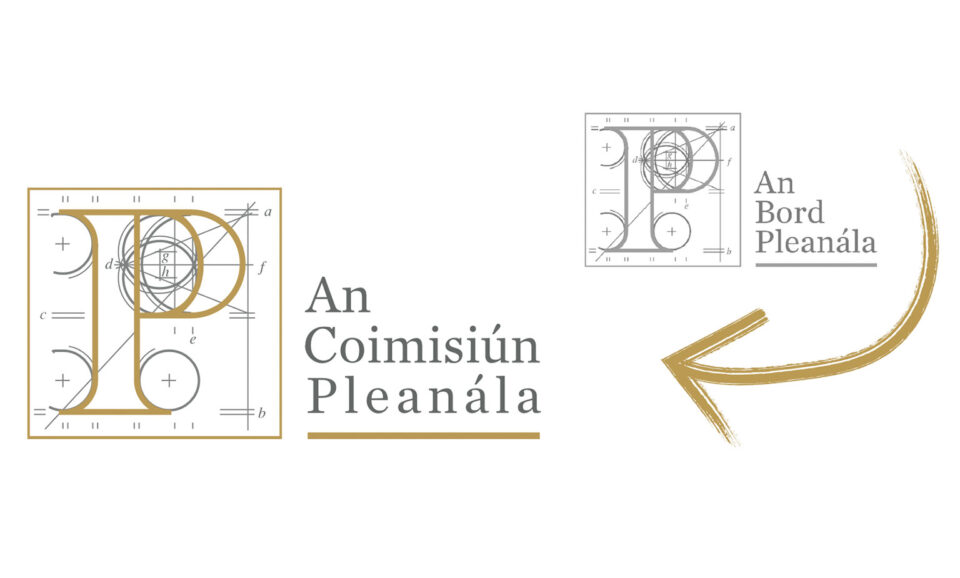
Healthcare at home
1st July 2025
Climate considerations for housing policy
1st July 2025How Europe can provide insights for Irish AHBs

Approved housing bodies (AHBs) are independent, not-for-profit organisations. They provide affordable rented housing for people who cannot afford to pay private sector rents or buy their own homes; or for particular groups, such as older people or homeless people. AHBs work closely with the Government, local authorities, and relevant agencies, writes Adele Lacey, Research Analyst at The Housing Agency.
Since 2021 the Approved Housing Bodies Regulatory Authority (AHBRA) regulates AHBs for the purposes of protecting housing assets provided or managed by such bodies. As of the end of 2023, 445 AHBs were registered with AHBRA. The Irish Council for Social Housing sets out that the sector provides in the region of 62,000 homes.
The previous Government’s Housing for All plan provided that a strategic review of the AHB sector would take place. This review included the establishment of an ‘AHB Strategic Forum’, which has been mandated to consider a range of strategic long-term issues facing the sector and to set a vision for the sector over the next 10 years. The work of the Forum is ongoing and has facilitated a range of sectoral and stakeholder engagement activities, a consultation process and research.
To inform part of this work, The Housing Agency commissioned research on how AHB-type bodies operate in other jurisdictions in the EU. Housing Europe was commissioned to carry out this research and collaborated with national and regional housing experts in Belgium (Flanders), Denmark, Finland, and the Netherlands to identify bodies operating in a similar fashion to AHBs in Ireland and to provide a profile of such bodies.
Key insights
The research report, Unlocking Potential – A Comparative Analysis of Approved Housing Body Models in the European Union, provides a profile of each jurisdiction drawing out context on the governance position of the bodies and their strategic role, their approach to asset and tenant management (including calculating rents) and how they deliver and finance housing. Relevant case studies are highlighted including the following:
- a recent major restructuring of Flemish social housing bodies with learnings on how housing body mergers played out;
- Aster (Flanders), a social housing renewable energy company which is owned by the Flemish social housing companies;
- Landsbyggefonden, the Danish National Building Fund, owned by the Danish non-profit housing providers as a revolving fund;
- the Y Foundation, the body which provides for Housing First in Finland and has done so since the 1980s;
- Habion, which is a specialist housing association for the elderly in the Netherlands with c. 11,000 units; and
- local authority housing organisations (LAHO) type models (mentioned in The Housing Commission report in 2024) and how they work in Finland and Flanders.
Lessons for Ireland
A core aim of this research was to gain insight into how AHB-type bodies in other jurisdictions operate and shine light on approaches that are of note to housing policy and practice in Ireland. Housing Europe created a summary of potential points of interest for Ireland from each jurisdiction. These include the following:
Belgium (Flanders)
- the region has just completed a series of major reforms of the bodies that provide social housing, offering a clear and timely case study for the Irish authorities; and
- the system uses income-based rents for social tenants (like Irish differential rents) but has structured them in a way that means the system is overall more self-sufficient than in Ireland.
Denmark
- shows how a fully cost-rental based model can be effective;
- shows that strong links to the state, in terms of financing and oversight, are possible, whilst also being independent enough to be ‘off-book’; and
- allows for counter-cyclical investment patterns.
Finland
- based on an innovative ‘private’ financing model, that is actually state directed;
- shows the benefits of developing a system with relatively large social housing providers, which helps to reinforce autonomy, drive innovation, and ensure that housing remains affordable even if construction prices increase;
- provides an example of the benefits of relying on municipally controlled ‘housing companies’, rather than directly state-operated local housing departments in terms of developing greater sectoral specialisation; and
- shows the benefits of having specialised housing providers to meet the needs of specific target groups, e.g., those experiencing homelessness.
The Netherlands
- an example of how the state can transition from having a strong role to play in financing social providers, to a far less exchequer-intensive system, without sacrificing either the providers or their tenants; and
- providers can build up reserves to reinvest in the sector, and ensure that meeting renovation targets is possible without significant state support.
As indicated, the report provides a wealth of further detail on the operation of AHB-type bodies and additional reflections on what makes such bodies work well to deliver homes. Research such as this always highlights that great insights can be gained from collaboration with our European counterparts, and in this case informs the evidence base for the ongoing strategic review of the AHB sector.
To learn more about The Housing Agency’s publications visit: www.housingagency.ie/publications







